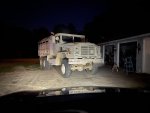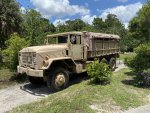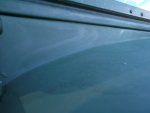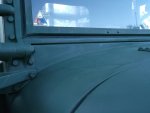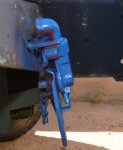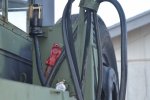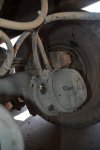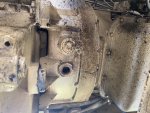EmeryAndCompany
New member
- 21
- 13
- 3
- Location
- NAPLES Florida
Good Afternoon!
This is so exciting, been waiting and planning forever to score a m923.
First of all, passenger side, under the dash, there are two electrical ports of some sort, what are these?
would love to get some auxiliary lights in place, wondering what the most logical way to install 12v leds on a 24v system...
Also, I’m in SW Florida, what kind of engine temps should I expect to run at? Seems to do great, but curious to hear others running temps.
WATER! Had some heavy rains last night, and the interior is a puddle. On the ride down from Georgia, I had plowed through some rain storms and the interior was just soaked. The seals on the windshields and then somewhere below the windshields is definitely to blame. Looking at kits to replace all but they seem a bit pricey. Looking for alternative materials/ideas. Thank you all in advance, me and the fam are super excited to have this finally here.
Jack
This is so exciting, been waiting and planning forever to score a m923.
First of all, passenger side, under the dash, there are two electrical ports of some sort, what are these?
would love to get some auxiliary lights in place, wondering what the most logical way to install 12v leds on a 24v system...
Also, I’m in SW Florida, what kind of engine temps should I expect to run at? Seems to do great, but curious to hear others running temps.
WATER! Had some heavy rains last night, and the interior is a puddle. On the ride down from Georgia, I had plowed through some rain storms and the interior was just soaked. The seals on the windshields and then somewhere below the windshields is definitely to blame. Looking at kits to replace all but they seem a bit pricey. Looking for alternative materials/ideas. Thank you all in advance, me and the fam are super excited to have this finally here.
Jack
Attachments
-
87.1 KB Views: 50
-
262.8 KB Views: 50
-
39.8 KB Views: 51
-
126.8 KB Views: 46




